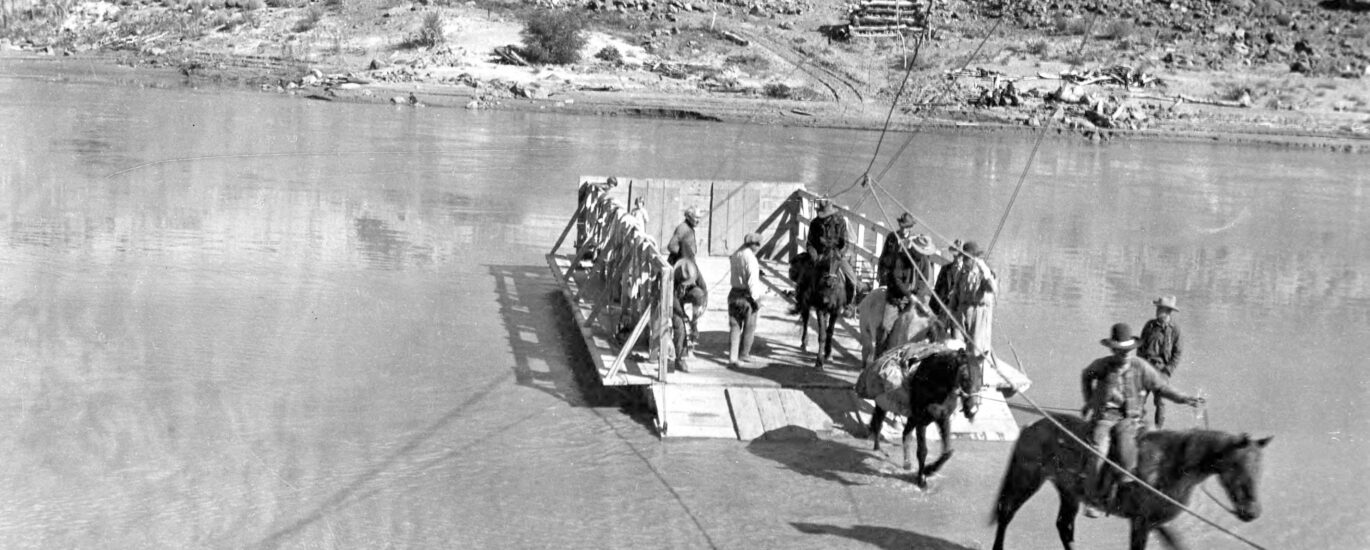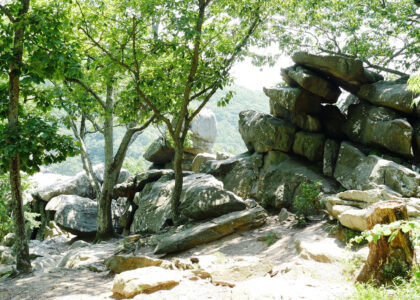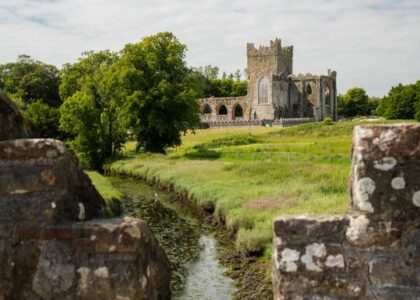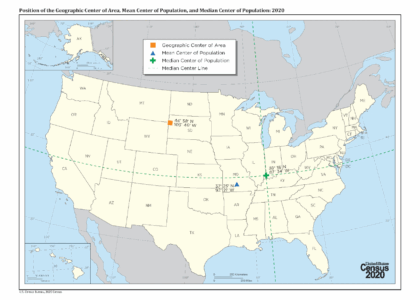Welcome to Lee’s Ferry, a place brimming with stories of adventure, survival, and pioneering spirit. Nestled along the Colorado River in what is now the Glen Canyon National Recreation Area, Lee’s Ferry holds a crucial chapter in the story of the American West.
Our journey begins in the 1860s with a man named Jacob Hamblin, an influential figure from the Church of Jesus Christ of Latter-day Saints. Hamblin and his men crafted a raft at the mouth of the Paria River and made the first successful crossing at what would become known as Lee’s Ferry. This site was not just a crossing point but a strategic location amidst the tensions between the Mormon settlers and the Native American tribes, primarily the Navajo and the Paiute. The settlers were pushing their frontiers under the ideals of Manifest Destiny, a concept that often clashed with the indigenous peoples who had called this land home for centuries.
In 1870, under the guidance of Jacob Hamblin, notable figures like Major John Wesley Powell and Brigham Young journeyed through this area. It was during this time that John D. Lee, a man with a complex and controversial history, was sent to establish a ferry crossing. Lee, a practicing polygamist, built what would become known as Lonely Dell Ranch. Here, he constructed homes for his families, a dam, and an irrigation system, turning the barren land into a working settlement. His ferry, first launched in 1873, became a critical link between Arizona and Utah, ferrying settlers and supplies across the mighty Colorado River.
However, Lee’s life was shadowed by the infamous Mountain Meadows Massacre, for which he was eventually executed in 1877. Remarkably, after his death, his wife Emma took over the ferry operations, demonstrating resilience in the face of adversity. In 1879, the LDS Church officially acquired the ferry rights, recognizing Lee’s Ferry as a vital artery for their expanding community.
As you stand here, imagine the bustling sounds of wagons and livestock, the chatter of settlers bracing for new lives, and the strategic whispers of guards defending their frontier. Lee’s Ferry was more than a crossing; it was a microcosm of the American frontier spirit.
Today, Lee’s Ferry is a quiet yet powerful reminder of the past. The historic district still holds structures from its heyday, and visitors can hike the challenging Spencer Trail, named after the miners who toiled here a century ago. As you walk these trails or raft the Colorado, you are not just witnessing nature’s grandeur but traversing paths that shaped history.
Lee’s Ferry stands as a testament to human endeavor and the enduring landscapes that have witnessed countless stories of hope, conflict, and survival. Whether you’re here to explore, relax, or reflect, may the whispers of history enrich your journey.






